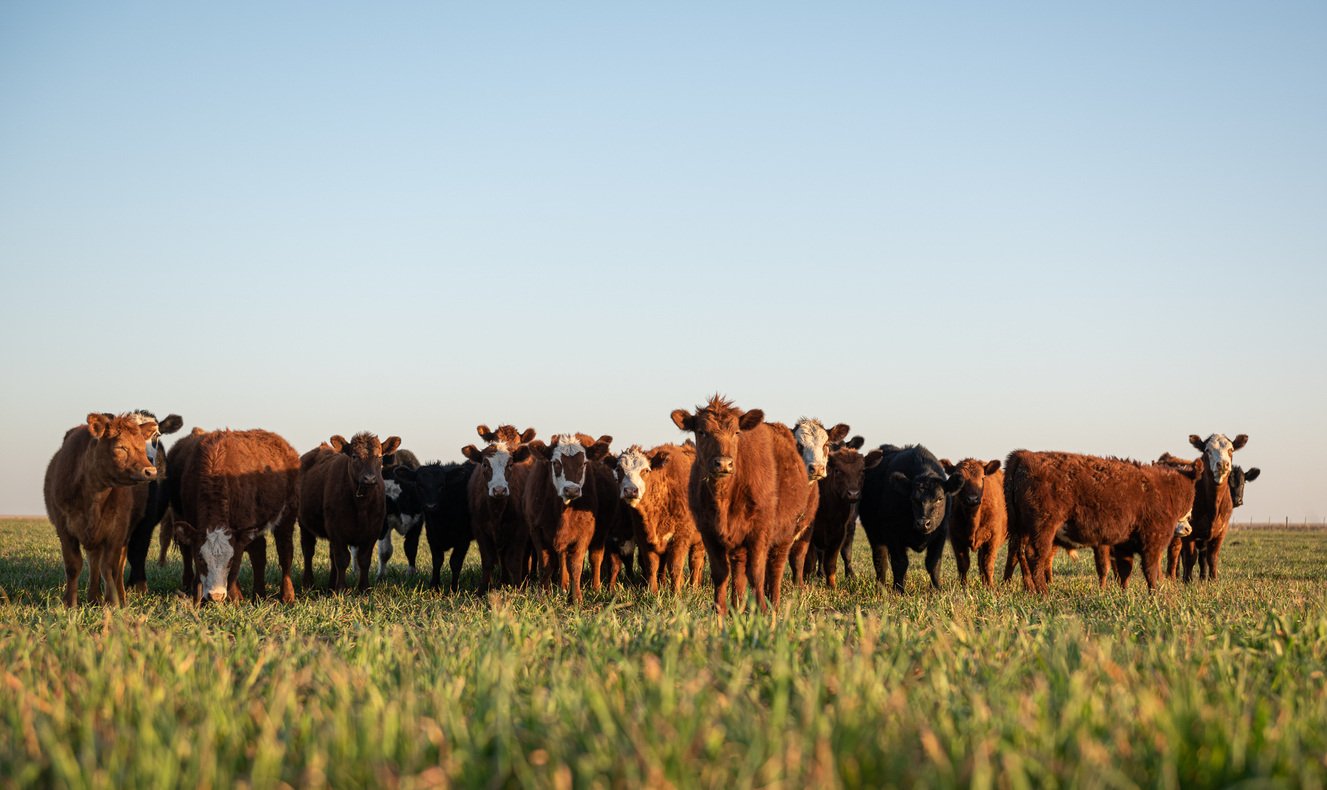Beef meat is a primary source of excellent-quality protein. It provides all the essential amino acids the human body cannot produce, it is rich in easily absorbable iron, and it provides vitamin B12, which is involved in essential functions by intervening both in the formation of red blood cells and in energy transformation processes. Over the years, consumers worldwide have changed their meat consumption patterns. Reasons for this are various (availability, economic, nutritional, ethical, and social) and have led to changes in meat purchasing.
Meat consumption patterns of consumers in most high-income countries (which represent about 33% of total meat consumption for 16% of population in 2022) have started to stagnate, with changes mostly based on the type and quality of the meat consumed. Growth in meat consumption is expected to be generated primarily from low- and middle-income countries due to their lower base intake and more rapid increases in population and incomes. Worldwide beef consumption is projected to grow 10% by 2032.
Prefer to listen to this article? Click the play button below and enjoy our podcast!
Population growth and beef consumption
Over the past years, the beef market has grown due to overall population growth, which has powered up total beef consumption (even as individual consumption per capita has fluctuated). Beef producers have adapted by increasing production efficiency; the average carcass weight has risen from around 318 kg in 1988 to over 408 kg in 2023, representing almost a 30% increase.
Global beef consumption is projected to reach 51 million tonnes in retail weight equivalent (Mt rwe) over the next decade. Despite this overall growth, global per capita beef consumption has remained relatively stable at around 6 kg per person/year rwe (edible retail weight equivalent) over the past decade and is expected to stay at this level. However, regional differences in consumption patterns are notable, with most regions projected to reduce their beef intake. The exception is the Asia-Pacific region, where per capita beef consumption is expected to increase by 0.4 kg per year. This trend highlights a growing appetite for beef in some parts of the world, driven by rising incomes and changing dietary preferences.

Climate change, health issues and ethical concerns about animal welfare are additional challenges that the beef sector must navigate. Beef producers face scrutiny for methane emissions and are often, and unfairly, blamed for contributing to global warming. Addressing these environmental criticisms is crucial for the sector to maintain consumer trust and market share.
Environmental concerns are expected to continue influencing consumer choices. Beef production is widely perceived as a significant contributor to greenhouse gas emissions, primarily through methane produced by cattle. Regions such as North America and Oceania, historically strong consumers of beef, are expected to see significant declines in per capita consumption. In contrast, China, already the world’s second-largest beef consumer, is projected to increase its per capita consumption by 0.8 kg per year by 2032, spurred by a growing middle class with a rising demand for meat, including beef.
Which countries eat the most beef?
Cattle meat consumption (total) (kt), 2020
Source: Faostat, Helgi Library calculation
Beef Market price fluctuations
Beef consumption and prices are critical indicators in the global meat market, shaped by a complex interplay of factors. If demand outpaces supply, prices of beef may rise, making it less affordable for some consumers, especially in lower-income brackets. This can lead to market volatility and potential substitution with other proteins like chicken, pork, or plant-based alternatives. Production costs are critical. Increased production leads to higher costs for feed, water, and land. These costs can drive up beef prices, impacting the affordability and accessibility of beef for consumers. Also shifts in trade dynamics: Countries with growing populations may increase imports of beef to meet domestic demand, influencing global beef trade patterns. Exporting nations can benefit from increased demand, but may also face challenges related to trade restrictions, tariffs, and supply chain issues. Last, but not least, trade policies, market access, and regulatory standards also play a crucial role in shaping the global beef market. As population growth affects demand, nations may adjust their trade policies, impacting the flow of beef and related products globally.

Take home messages
The beef market is influenced by population growth, which drives increased demand and presents challenges related to sustainability, environmental impact, resource limitations, and ethical considerations. To remain resilient and relevant, the sector must continue to innovate and adopt sustainable practices, focusing on high-quality products and addressing evolving consumer preferences and environmental concerns.
References
OECD/FAO (2023), OECD-FAO Agricultural Outlook 2023-2032, OECD Publishing, Paris, https://doi.org/10.1787/08801ab7-en.
Market Analysis Reports from Fortune Business Insights: Beef – Global Market Analysis, Insights and Forecast, 2024-2032'. https://www.fortunebusinessinsights.com/beef-market-106640
OECD Data on Beef Consumption in Europe. https://www.oecd.org/en/data/indicators/meat-consumption.html
About the author
Ana Sofia Santos (Head of Research and Innovation at FeedInov CoLAB)
Ana Sofia Santos holds a MSc in Animal Production and a PhD in Animal Science, both on the Nutrition area. She is currently Head of research and Innovation at FeedInov CoLAB, an interface structure between the academia and the animal feed industry, promoting innovative approaches to animal feeding. Her current area of research interest resides on animal production systems and the integration of livestock and plant production systems within a holistic vision of circularity in food production.
Explore author’s articles




Leave your comments here